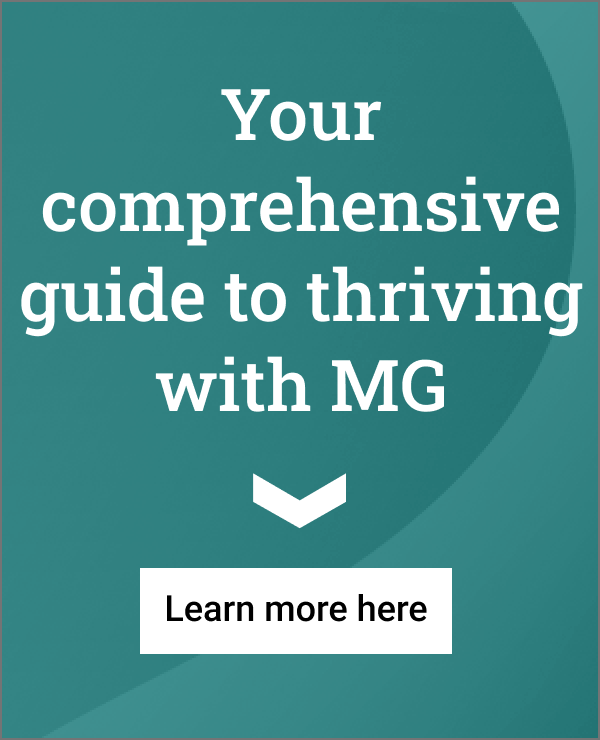Telitacicept reduces gMG severity in Phase 2 study
Improvement seen in gMG adults positive for common antibodies

Nearly six months of treatment with RemeGen’s telitacicept (RC18) lessened disease activity in adults with generalized myasthenia gravis (gMG) who are positive for antibodies targeting the acetylcholine receptor, according to data from a Phase 2 clinical trial in China.
“Telitacicept demonstrated safety [and] good tolerability and reduced clinical severity throughout the study period,” the researchers wrote. “Further validation of the clinical efficacy of telitacicept in gMG will be conducted in an upcoming phase 3 clinical trial.”
Details of the Phase 2 trial were reported in the study, “A multicenter, randomized, open-label, phase 2 clinical study of telitacicept in adult patients with generalized myasthenia gravis,” published in the European Journal of Neurology.
In MG, immune B-cells produce self-reactive antibodies, called autoantibodies, that attack proteins involved in the communication between nerve and muscle cells. Such attacks disrupt nerve-muscle communication, causing muscle weakness and fatigue. Autoantibodies targeting the acetylcholine receptor, or AChR, are the most common type of MG-driving antibodies.
Classified as a biological immunosuppressant, telitacicept is designed to block two proteins — BLyS and APRIL — both of which play a role in the development and inflammatory activity of B-cells. The therapy was created by fusing an antibody protein fragment with a part of the TACI receptor, a protein involved in regulating B-cell development.
Trial shows improvement in measures of disease severity
In 2022, telitacicept received orphan drug designation from the U.S. Food and Drug Administration (FDA) to treat MG. This designation is designed to support the development of therapies that have the potential to treat rare diseases.
The open-label Phase 2 study (NCT04302103), partially funded by RemeGen, enrolled 29 adults with gMG, all positive for anti-AChR antibodies, who were on standard therapy. Fourteen participants were randomly assigned to receive a lower, 160 mg dose of telitacicept, while 15 received a higher, 240 mg dose, for 24 weeks, or almost six months. Telitacicept was administered as a weekly subcutaneous (under-the-skin) injection.
The study’s primary goal was to assess the therapy’s ability to lessen disease severity using the Quantitative MG (QMG) scale, a measure of MG severity in which higher scores reflect more disability.
In line with previously reported interim data, patients who received 160 mg of telitacicept had a mean reduction of 7.7 points on the QMG scale, while those given 240 mg had a mean decrease of 9.6 points. Further statistical analysis confirmed that the higher dose outperformed the lower dose by 1.4 points.
In secondary measures, by week 12, QMG scores dropped by 5.8 points in the 160 mg group and by 9.5 points in the 240 mg group, “indicating rapid clinical improvement,” the researchers wrote.
Similar dose-dependent improvements were seen using the MG clinical absolute score, a composite assessment widely used in China that evaluates different symptoms affecting eyes, facial muscles, limbs, and respiratory muscles.
Although more patients treated with the higher dose of telitacicept saw their QMG scores drop by up to eight points by week 12 compared with those given the lower dose (73.3% vs. 26.6%), the difference was not statistically significant. Still, by week 24, a similar proportion of patients in the low- and high-dose groups achieved a QMG reduction of at least three points (92.9% vs. 100%).
Both telitacicept groups displayed reductions in the blood levels of different types of antibodies, including immunoglobulin G (IgG), IgA, and IgM.
The number of B-cells containing CD19, a cell surface protein associated with autoimmunity, fluctuated in both groups over time. Initial increases were seen early in treatment, followed by a reduction by week 12. By week 24, CD19-positive B-cells dropped substantially in the high-dose group, but rose slightly in the low-dose group. Yet no significant differences were observed between the two groups regarding antibody levels or CD19-positive B-cell counts.
No adverse events leading to study discontinuation were reported, and there were no deaths. More patients in the high-dose group experienced adverse events compared with the lower-dose group (100% vs. 78.6%). Most of them were considered mild to moderate in severity.
The most common treatment-emerging adverse events included upper respiratory tract infection (24.1%), IgM decrease (24.1%), IgA decrease (20.7%), diarrhea (17.2%), IgG decrease (17.2%), and injection site reactions (17.2%).
“This phase 2 study demonstrated that telitacicept improved gMG symptoms over a 24-week study period whilst maintaining a favorable safety profile,” the researchers wrote. “To further validate these preliminary findings, a multicenter, placebo-controlled phase 3 study based on the data from this phase 2 trial is currently under way.”








